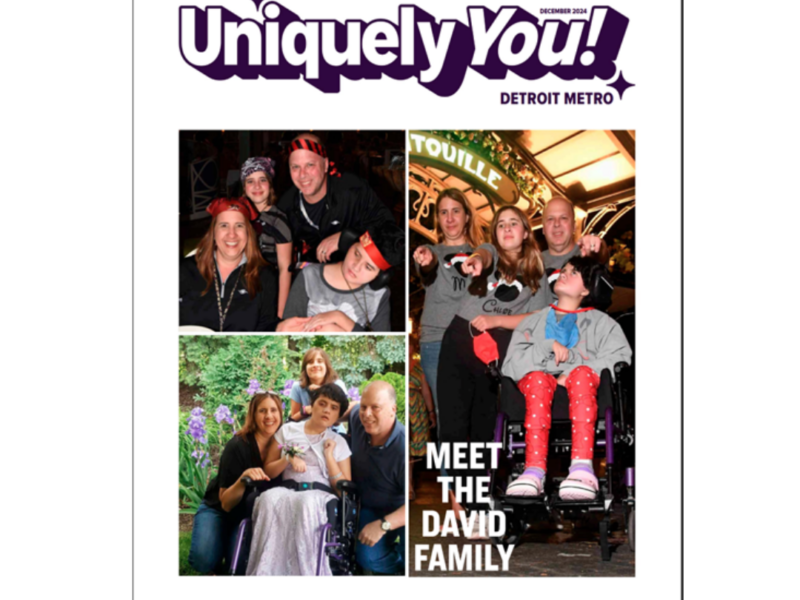
There are a lot of meetings and services that come with receiving disability benefits. It can be overwhelming. A very important meeting involves creating an Individual Plan of Service. An Individual Plan of Service (IPOS) outlines what support, activities, and resources a person needs to achieve their goals. The plan is an important way to identify the individual’s strengths, needs, supports, goals, and dreams. The individual should help create this plan and include any chosen family or advocates who can help inform the process.
Part of the discipline of the person-centred approach is not to make assumptions about the client’s appropriate process, but to follow the process laid out by the client.
Dave Mearns, former Director of the Counselling Unit and Professor of Counselling at the University of Strathclyde, Glasgow
All states have this plan structure, but they may not call it IPOS. Medicaid usually funds an IPOS, so there are federal regulations and requirements. The funding comes through Person-Centered Planning Grants that states can adapt to fit the needs of their citizens. A support coordinator will guide the process and help establish a plan that meets your needs.
Here are some important aspects of the IPOS to help you prepare for your plan meeting:
- Know your review period. There should (at least) be an annual review. It’s important to know the date the plan begins. My daughter’s plan is from December 1 of the year to November 30 of the following year. For example, Dec. 1, 2022-Nov.30, 2023. There is a midyear review date where you discuss the plan and progress and can make any adjustments needed. We refer to these adjustments to the plan as “amendments”.
- The goals do not need to be complex. The goals should express what is necessary. One of my daughter’s goals is: I desire to continue living in my home and continue to feel safe, loved, and engaged. This is important. We do not want her to be institutionalized (she needs extensive care) and feel the best place for her is home. The reality is there are a lot of supports needed to make that happen. Another goal is: Reagan’s family would like Reagan to take part in a structured activity.
- The goal needs to have a purpose. There needs to be a valid reason you need to meet this goal. The options we have are community inclusion and participation, independence, productivity, and transition. The goal can meet multiple purposes. For example, the goal “Reagan’s family would like Reagan to take part in a structured activity.” Meet all except transition.
- The goal needs to have a rationale. Here, we personalize the goal and explain a specific need to be met. Using the previous example, the rationale would be the family is asking to work on structured activities for Reagan as she cannot do this for herself. Routine helps her to keep busy and active in her life and provides structure throughout her day.
- The goals have multiple objectives. This part is fun. Be creative and incorporate things that are enjoyable. One example of an objective is: Reagan would like to engage in activities, including cause-and-effect activities for at least 20 minutes out of 60 minutes, 50% of monthly trials. She can enjoy fun activities like games on her communication device, cooking, and arts and crafts. Another is: Reagan would like to plan activities and events to attend for the entire week at the beginning of each week at least 50% of the time for the duration of the IPOS. We use a large calendar and show her pictures to help her make choices or she can use her communication device.
- Be realistic about barriers. It’s important to recognize barriers so we can plan for them. For example, Reagan’s energy levels can be low later in the day and this can affect her focus. If the provider knows this, then they know to do this activity earlier in the day.
- Remember, SMART goals are best. SMART goals allow everyone to see progress and/or be able to intervene if there is no progress. The SMART in SMART goals stands for Specific, Measurable, Achievable, Relevant, and Time-Bound.
- Specific- Reagan’s family would like Reagan to participate in a structured activity.
- Measurable- Reagan would like to engage in activities, including cause-and-effect activities for at least 20 minutes out of 60 minutes, 50% of monthly trials.
- Achievable- This is something we believe she can accomplish. If we find she is not progressing, we can change it at the midyear review.
- Relevant-. The goal addresses areas identified in the purpose section; it is relevant.
- Time-Bound- We set a target date for the end of her plan period, which is one year. In the past, we have had goals that need to be met by the midyear review and then increased for the second half of the year. For example, she would need to meet the 15-minute mark by midyear and increase it to 20 minutes by the end of the plan year.
Remember, the plan helps meet the needs of the individual. The individual should approve and enjoy the goals and they should help create a better life. Think hard about what is important to help the individual create their best life.
Related article: How to Make the Most of Your Home and Community-Based Services


